Thai silk is a luxurious and highly sought-after fabric that has a long and rich history dating back centuries. It is known for its unique texture, vibrant colours, and intricate patterns, which make it a popular choice for clothing, accessories, and home decor.
The origins of Thai silk can be traced back to the 13th century, when the Kingdom of Sukhothai was established in the region now known as Thailand. At this time, silk production was already well-established in China and other parts of Asia, and it is likely that the art of silk making was introduced to Thailand through trade and cultural exchange. The first known reference to Thai silk can be found in the Royal Chronicles of Ayutthaya, which mention the use of silk for clothing and other purposes by the royal court and aristocrats.
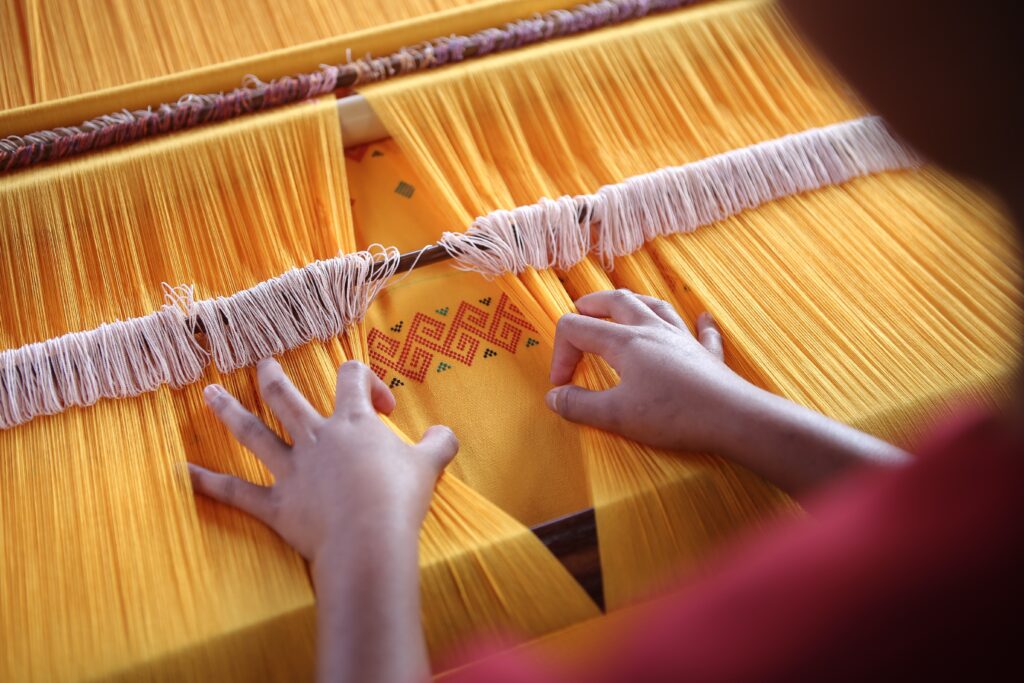
As the kingdom of Sukhothai grew in power and wealth, so too did the production and trade of Thai silk. The kingdom became known for its high-quality silk, which was prized for its softness, durability, and beautiful colors. Thai silk was often used to make clothing, including traditional Thai garments such as the pha nung (a long, flowing skirt worn by women) and the chong kraben (a wrap-around skirt worn by men). It was also used to make decorative items such as tapestries, hangings, and cushions, and was highly sought after by foreign buyers.
In the 16th century, the kingdom of Ayutthaya emerged as a major trading center and the production of Thai silk reached new heights. The city of Ayutthaya was known for its skilled silk weavers and dyers, who used natural dyes made from plants, insects, and minerals to create a wide range of colors. Thai silk became a major export and was highly prized in Europe and other parts of Asia, where it was used to make clothing, furnishings, and other decorative items.
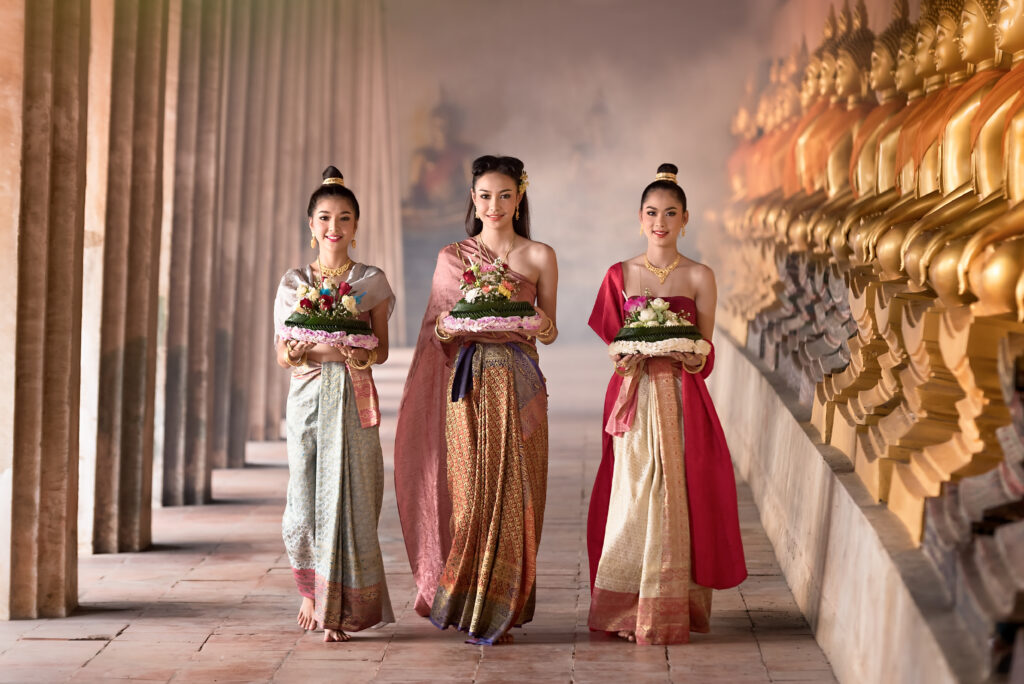
During the 19th and early 20th centuries, Thai silk production faced several challenges. The rise of cheaper, machine-made fabrics, and the decline of the royal court and aristocracy, which had been major consumers of Thai silk, led to a decline in demand for the fabric. In addition, the introduction of chemical dyes and other modern production techniques led to a decline in the use of natural dyes, which were seen as old-fashioned and inferior.
However, in the latter half of the 20th century, Thai silk experienced a resurgence in popularity. This was due in part to the efforts of the Thai government, which recognized the cultural and economic importance of the silk industry and began to promote it as an attraction. Additionally, the rise of the fashion industry and the increasing demand for high-quality, natural fabrics helped to revitalize the Thai silk industry.
Types of Thai Silk
There are several types of Thai silk, each with its own unique characteristics. The most common types of Thai silk are mulberry silk, wild silk, and tussah silk. Mulberry silk is the most common type of silk in Thailand and is known for its softness and luster. Wild silk, also known as “jungle silk,” is a more rare and expensive type of silk that is produced from the cocoons of wild silkworms. Tussah silk is a type of wild silk that is known for its rough texture and natural color.
Uses of Thai Silk
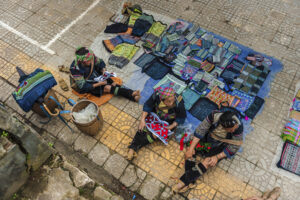 Thai silk is used for a variety of purposes, including clothing, accessories, home decor, and more. It is particularly popular for its use in traditional Thai clothing, such as the iconic Thai silk scarf known as the ‘sabai.’ Thai silk is also used to make a variety of other clothing items, including dresses, skirts, and skirts. In addition, Thai silk is often used to make accessories such as scarves, ties, and handbags.
Thai silk is used for a variety of purposes, including clothing, accessories, home decor, and more. It is particularly popular for its use in traditional Thai clothing, such as the iconic Thai silk scarf known as the ‘sabai.’ Thai silk is also used to make a variety of other clothing items, including dresses, skirts, and skirts. In addition, Thai silk is often used to make accessories such as scarves, ties, and handbags.
Learning More About Thai Silk
For guests interested in learning more about Thai silk, there are several places where they can do so. One option is to visit a silk farm or factory in Thailand. Many of these facilities offer tours and demonstrations of the silk-making process, and you can learn about the history and production of Thai silk firsthand.
Another option is to visit a museum or cultural center that focuses on the history and culture of Thai silk. For example, the Jim Thompson House in Bangkok is a museum that is dedicated to the life and work of Jim Thompson, an American entrepreneur who helped revive the Thai silk industry in the mid-20th century. The museum features exhibits on the history of Thai silk and the silk-making process.
Be sure to add this experience to your guests’ tour to experience the Jim Thompson House firsthand.


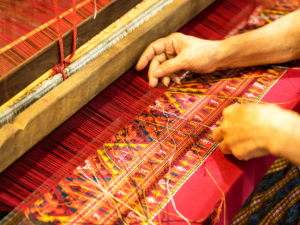

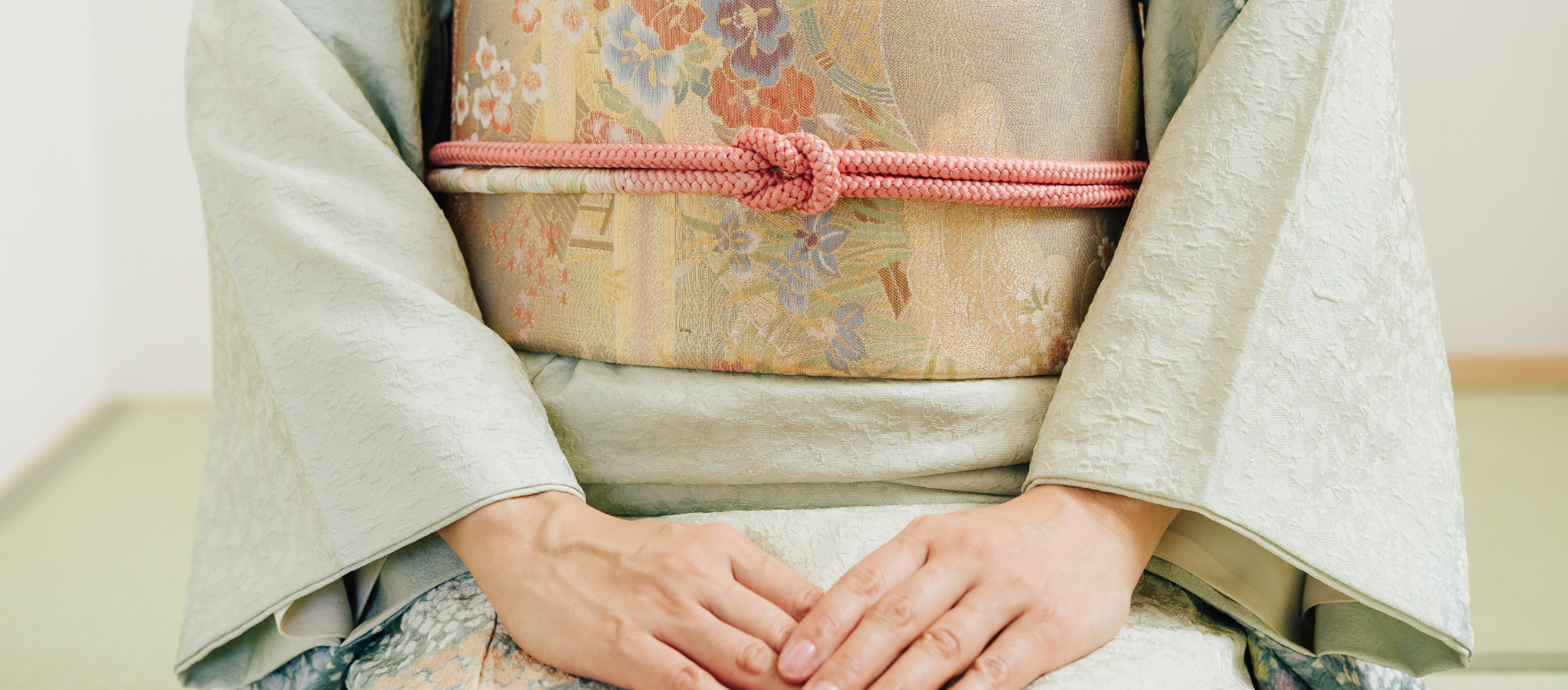 " alt="">
" alt=""> 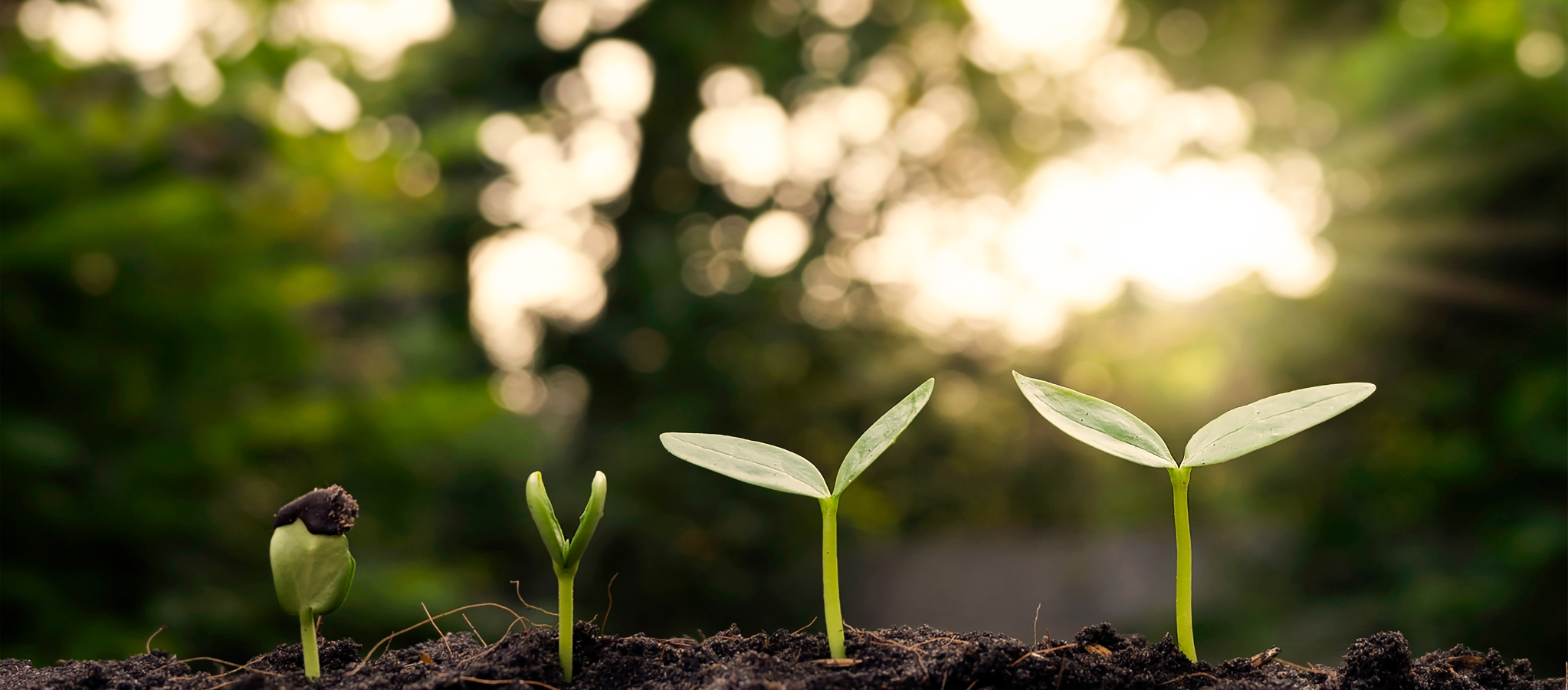 " alt="">
" alt=""> 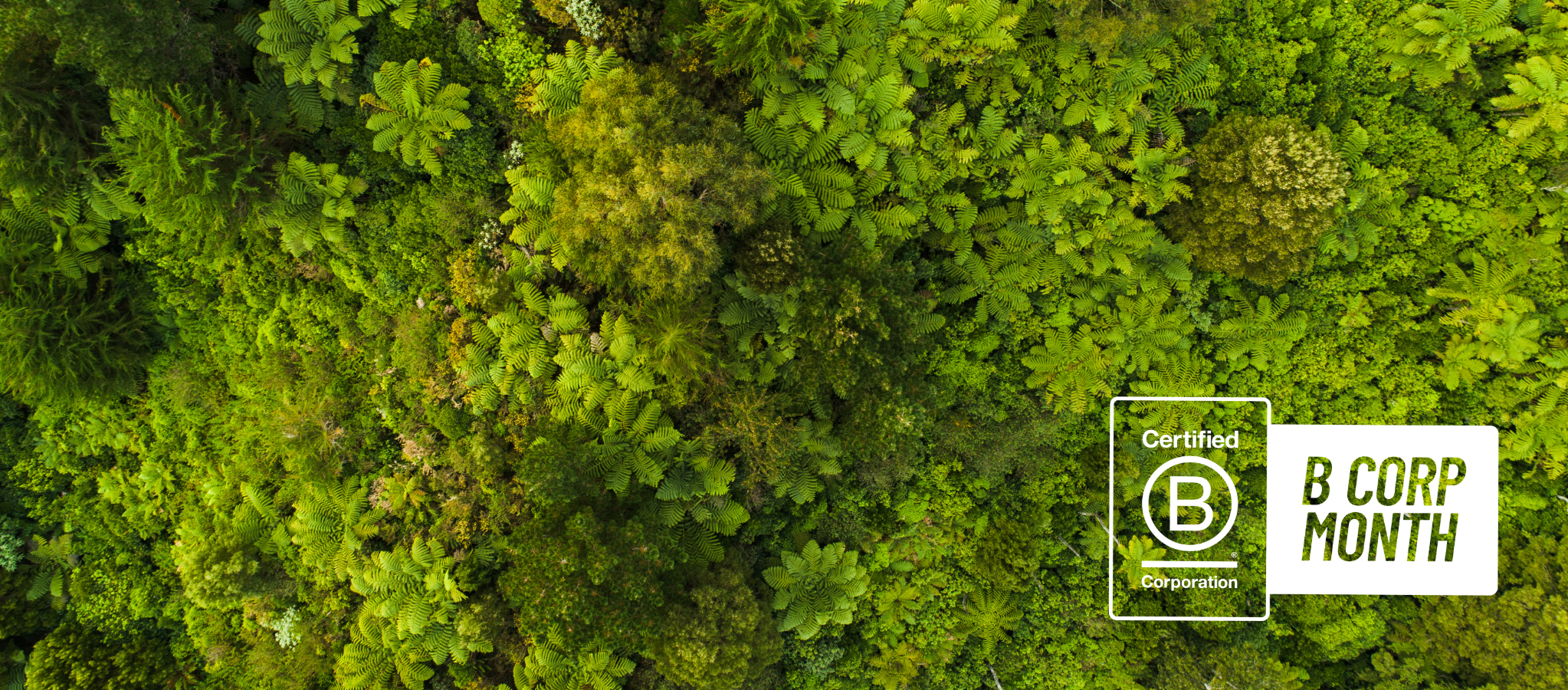 " alt="">
" alt="">  " alt="">
" alt=""> 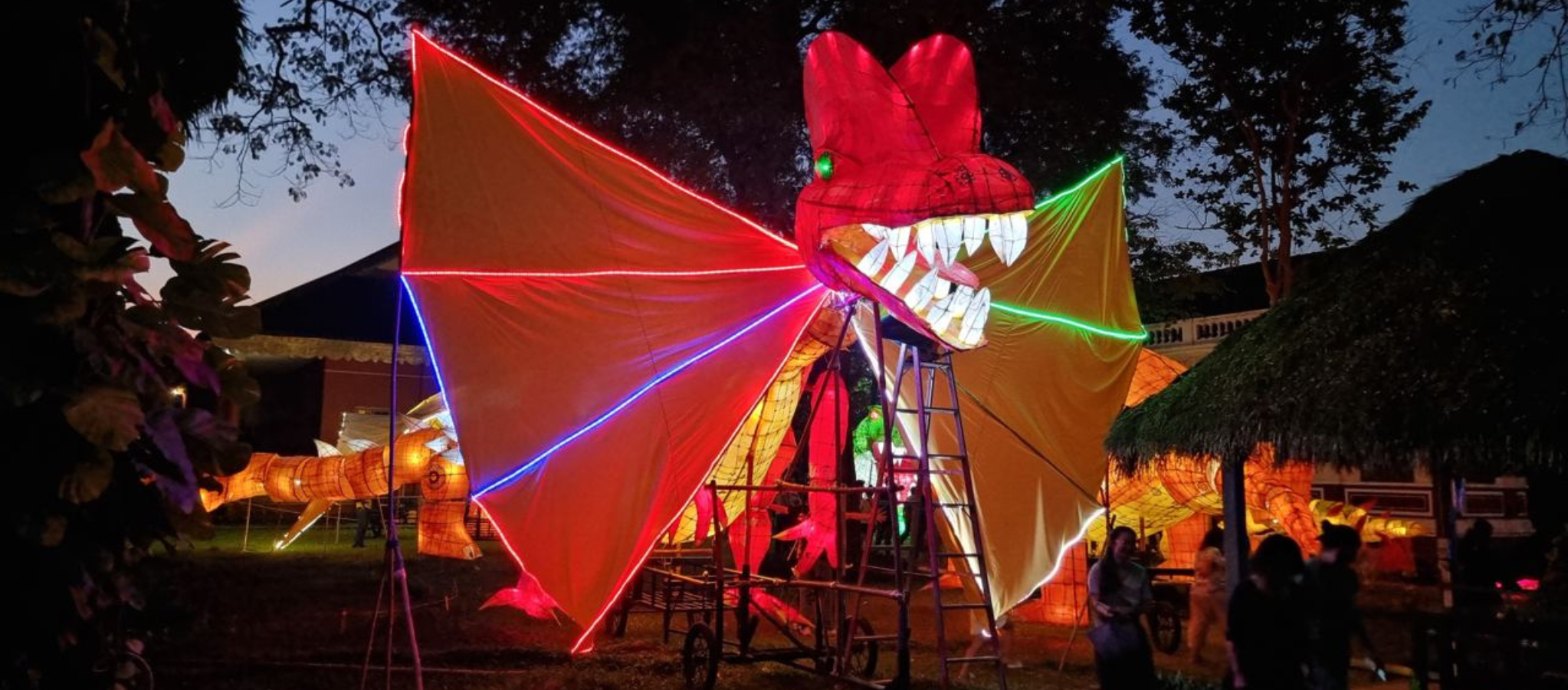 " alt="">
" alt=""> 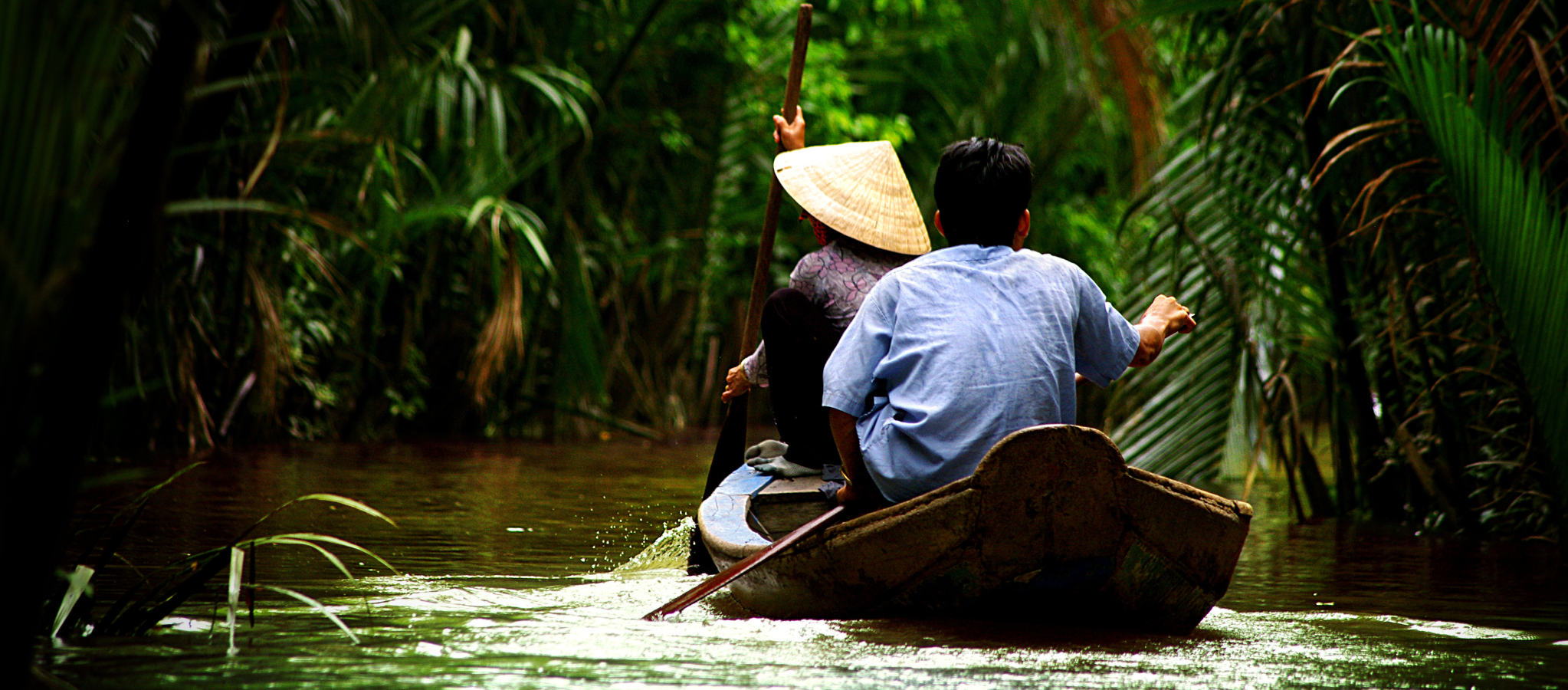 " alt="">
" alt=""> 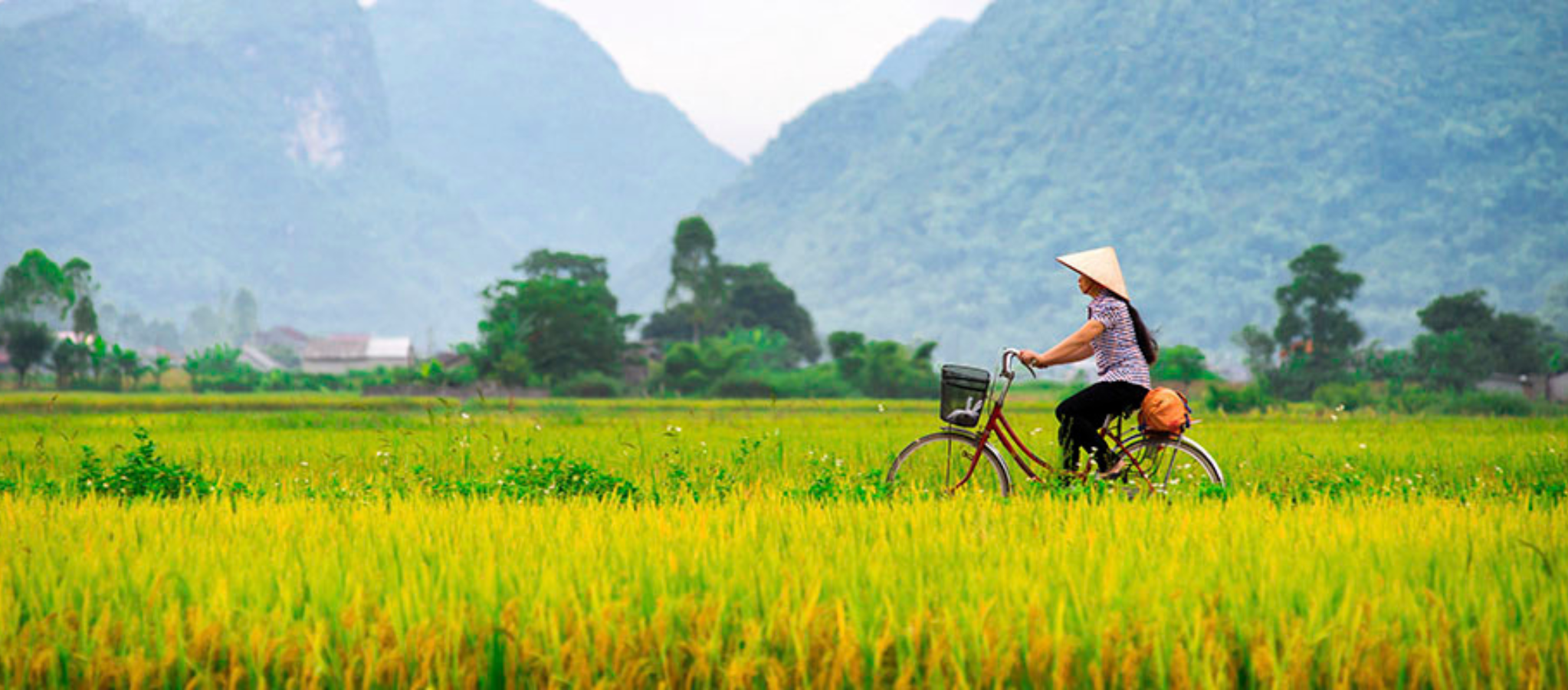 " alt="">
" alt=""> 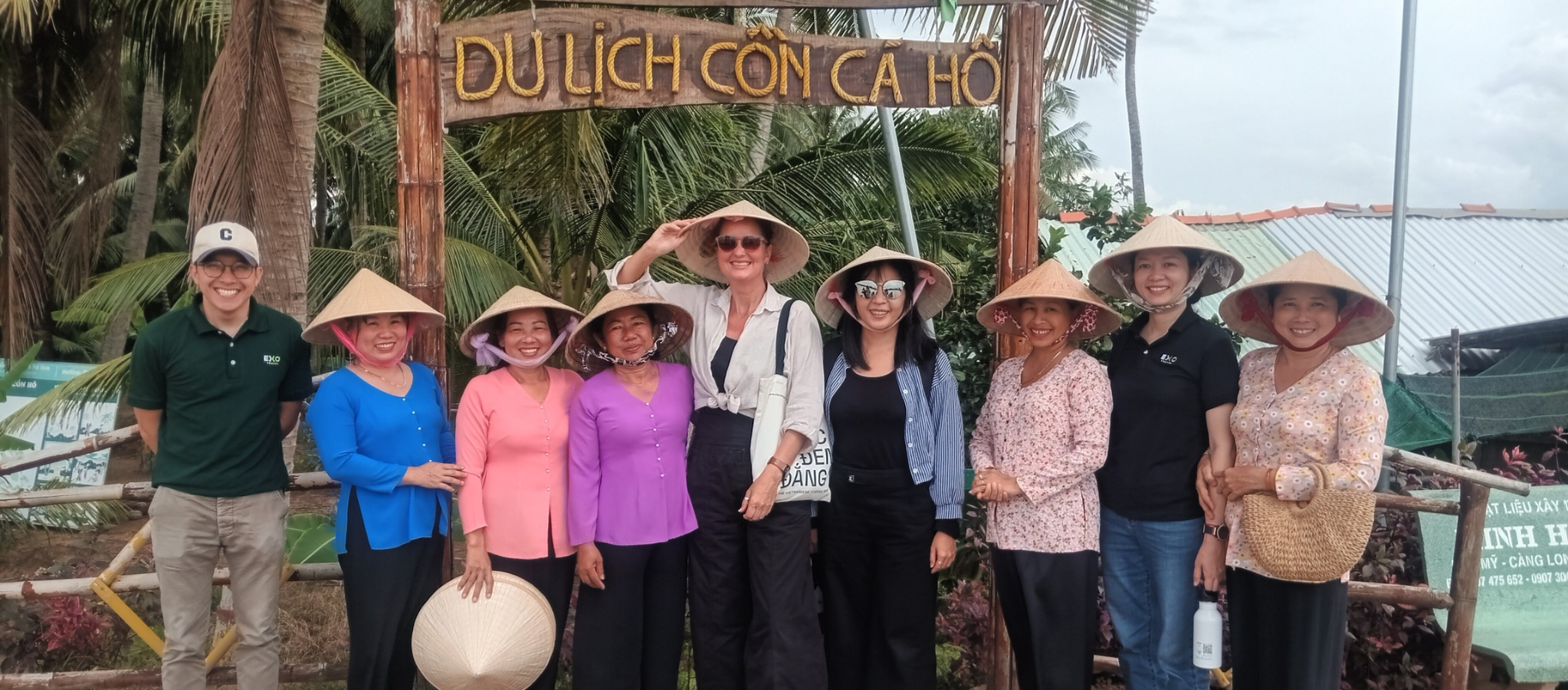 " alt="">
" alt="">  " alt="">
" alt=""> 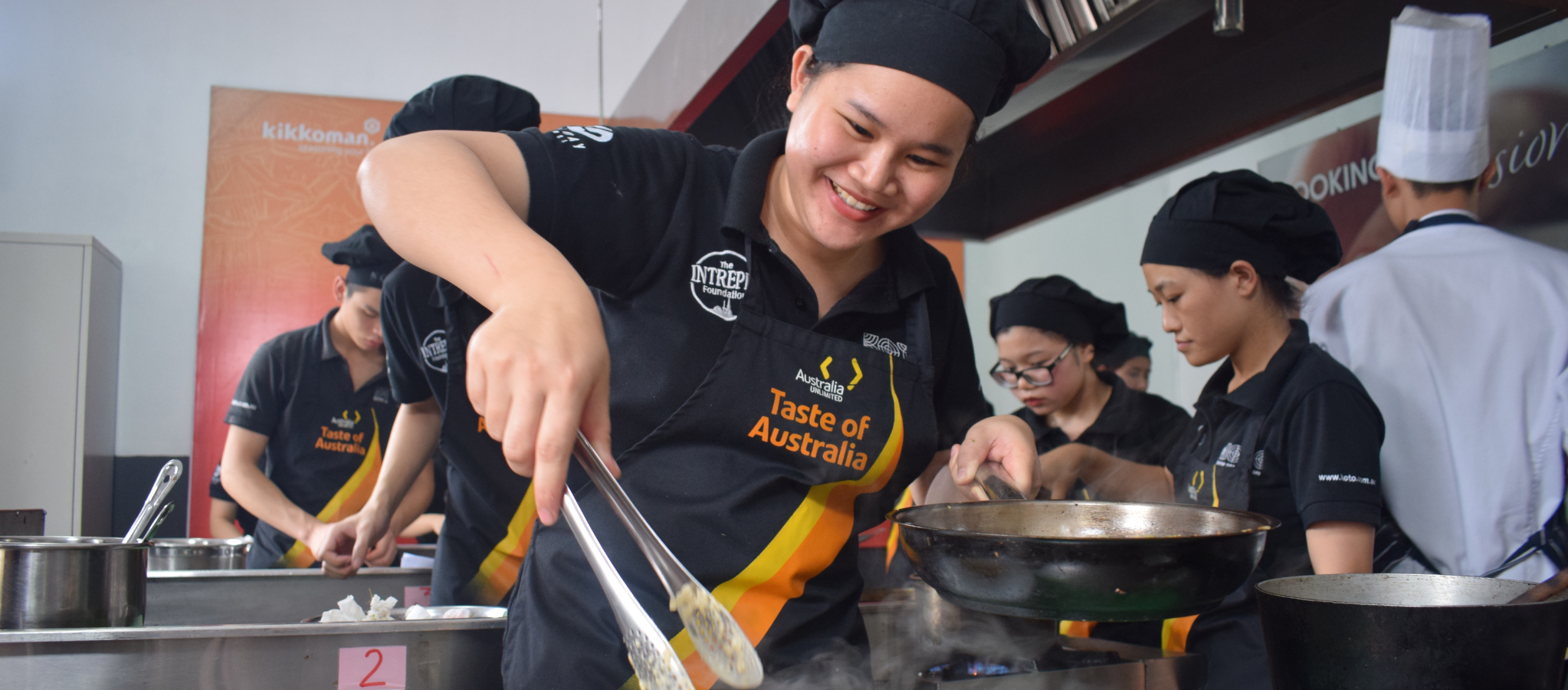 " alt="">
" alt=""> 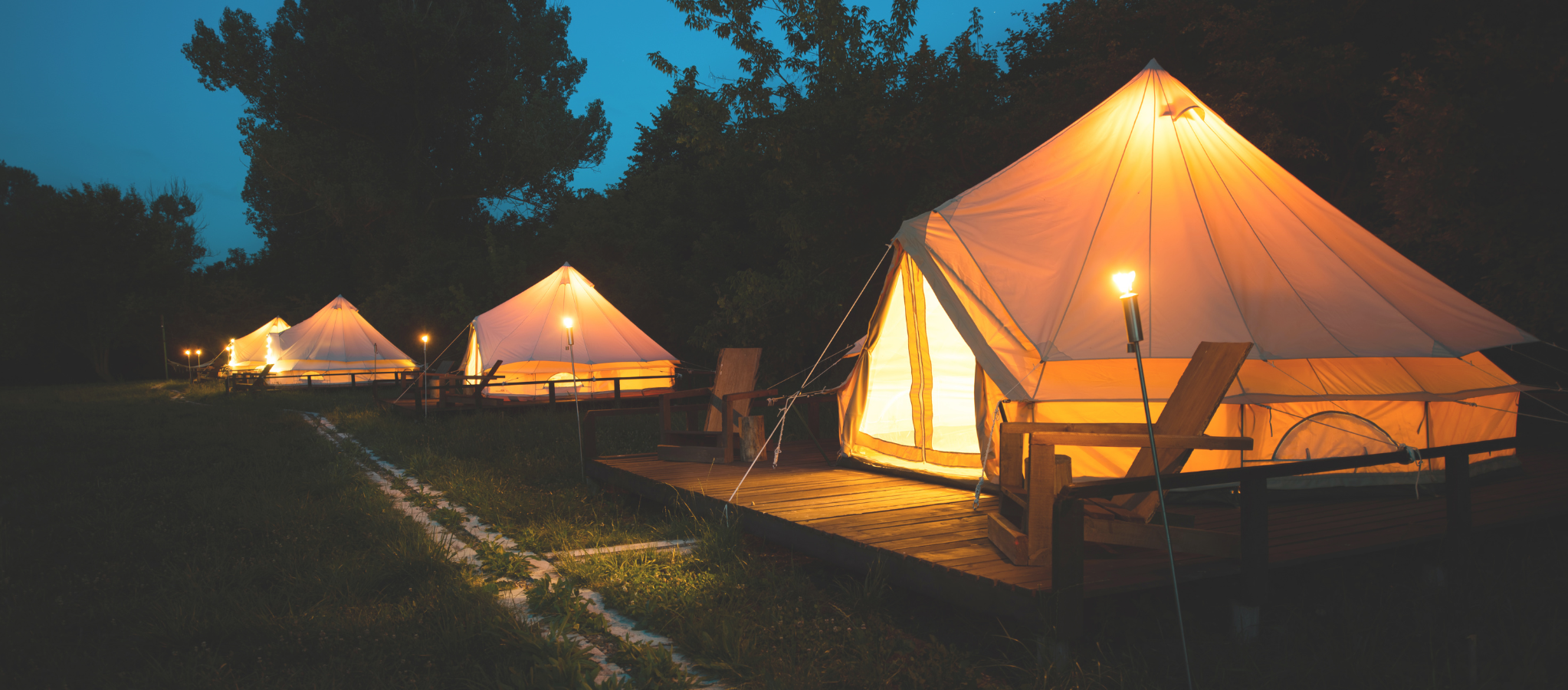 " alt="">
" alt="">  " alt="">
" alt="">  " alt="">
" alt=""> 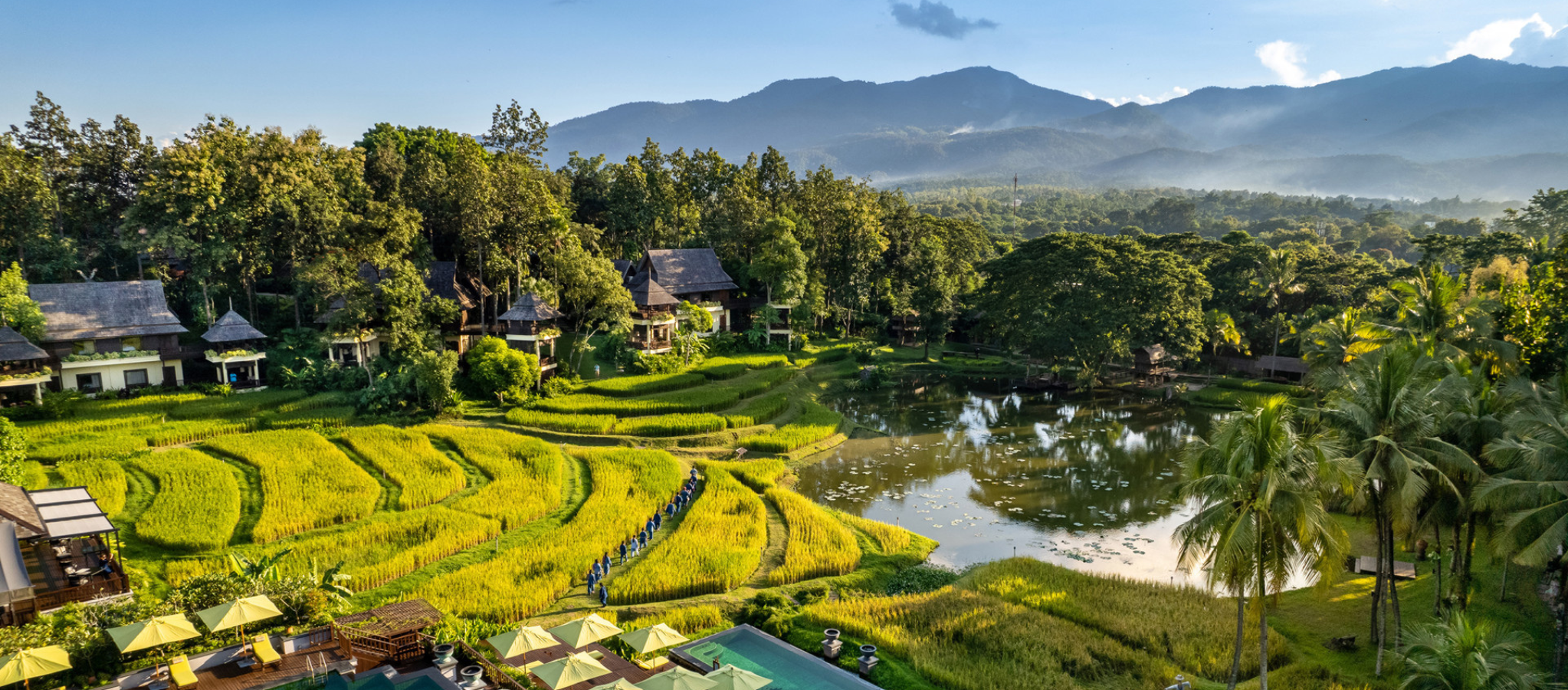 " alt="">
" alt="">  " alt="">
" alt="">  " alt="">
" alt=""> 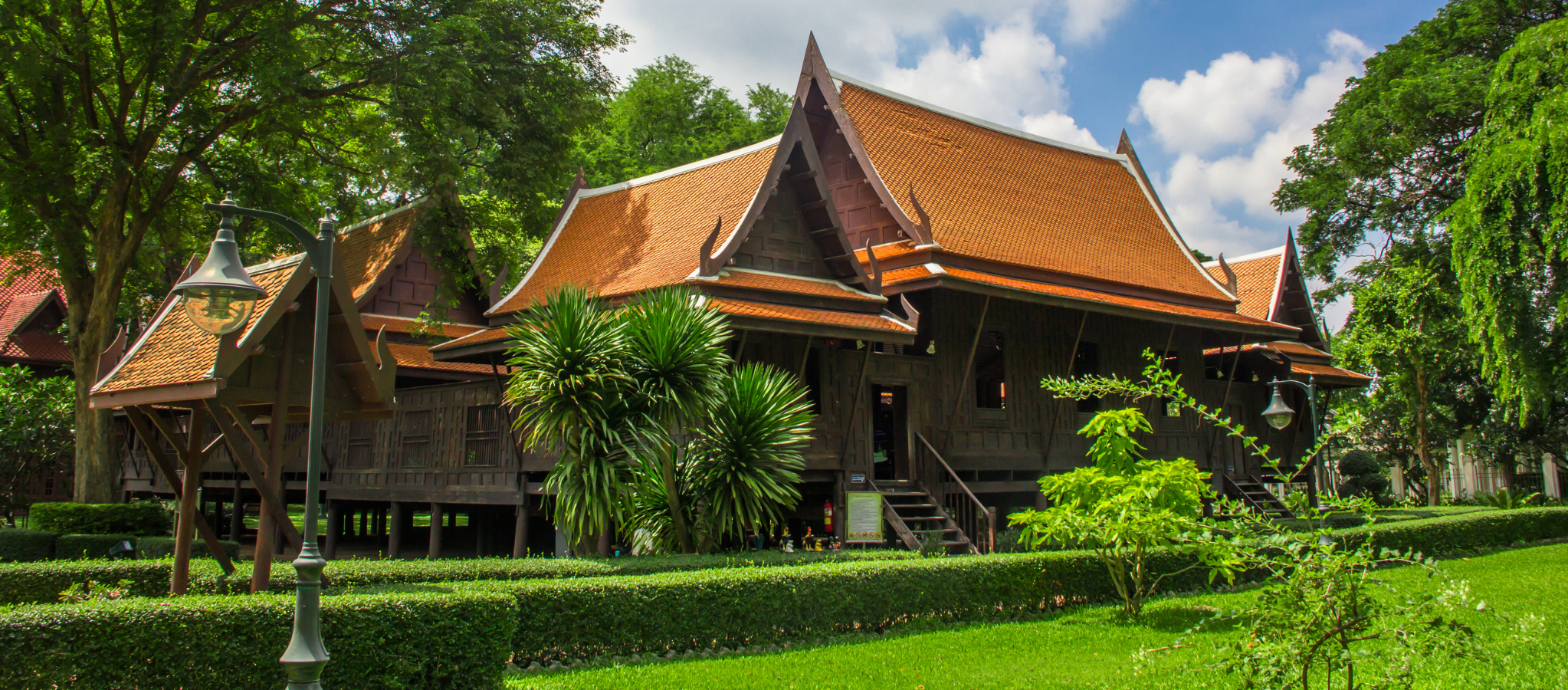 " alt="">
" alt=""> 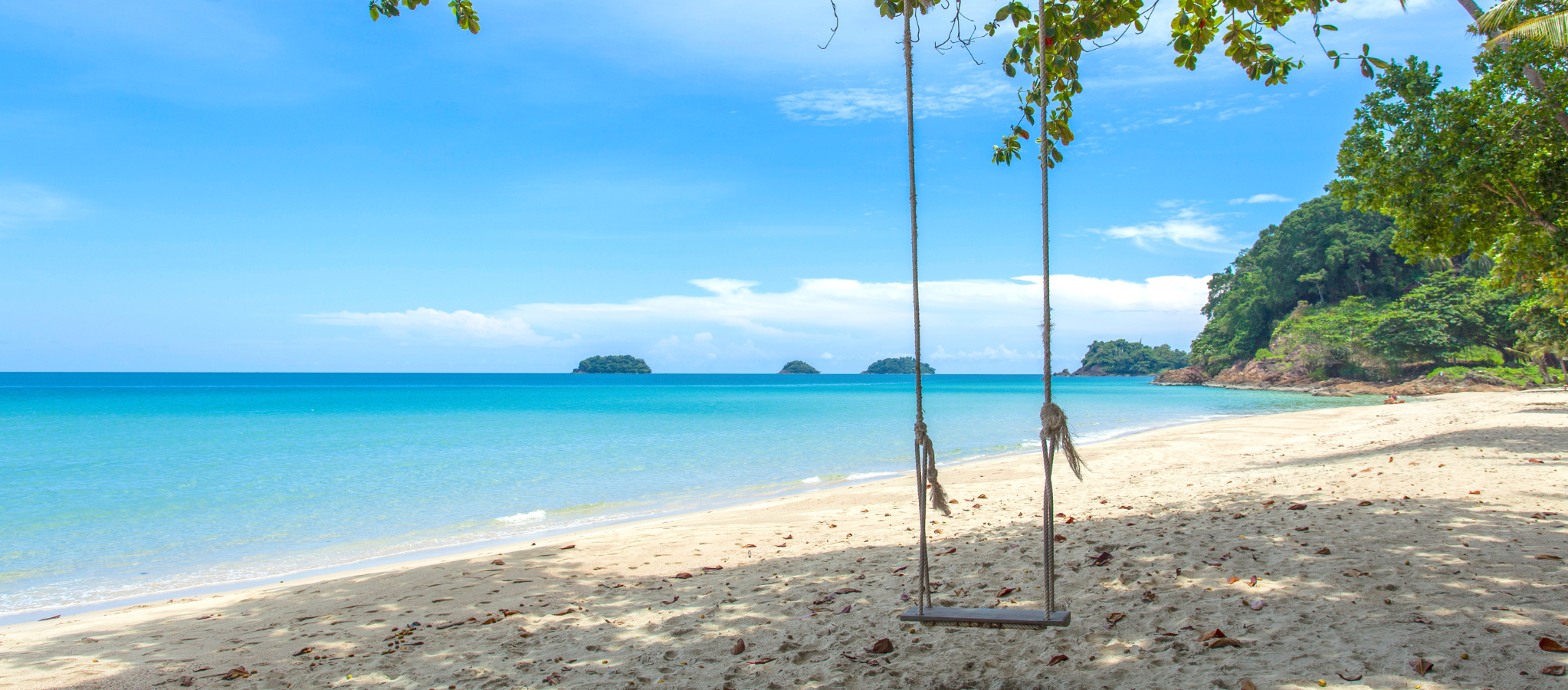 " alt="">
" alt=""> 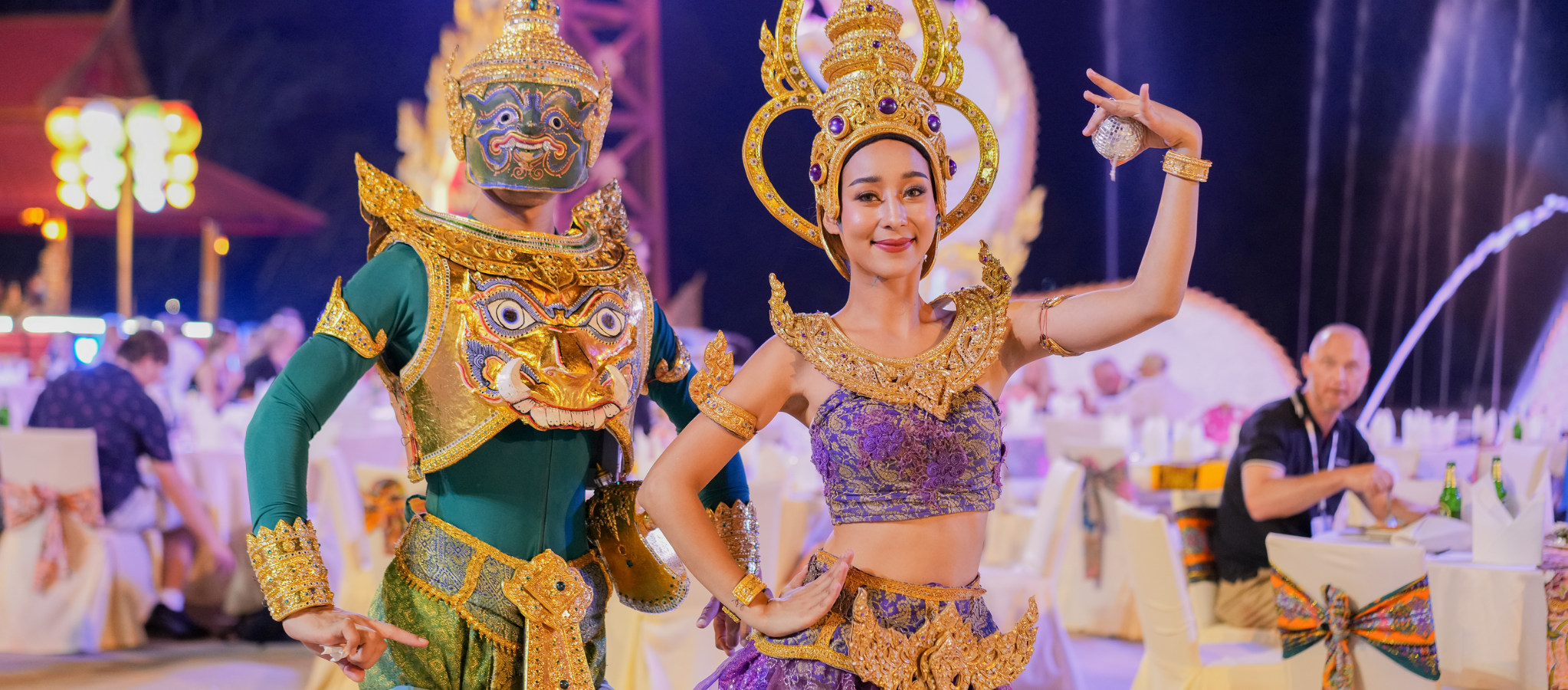 " alt="">
" alt=""> 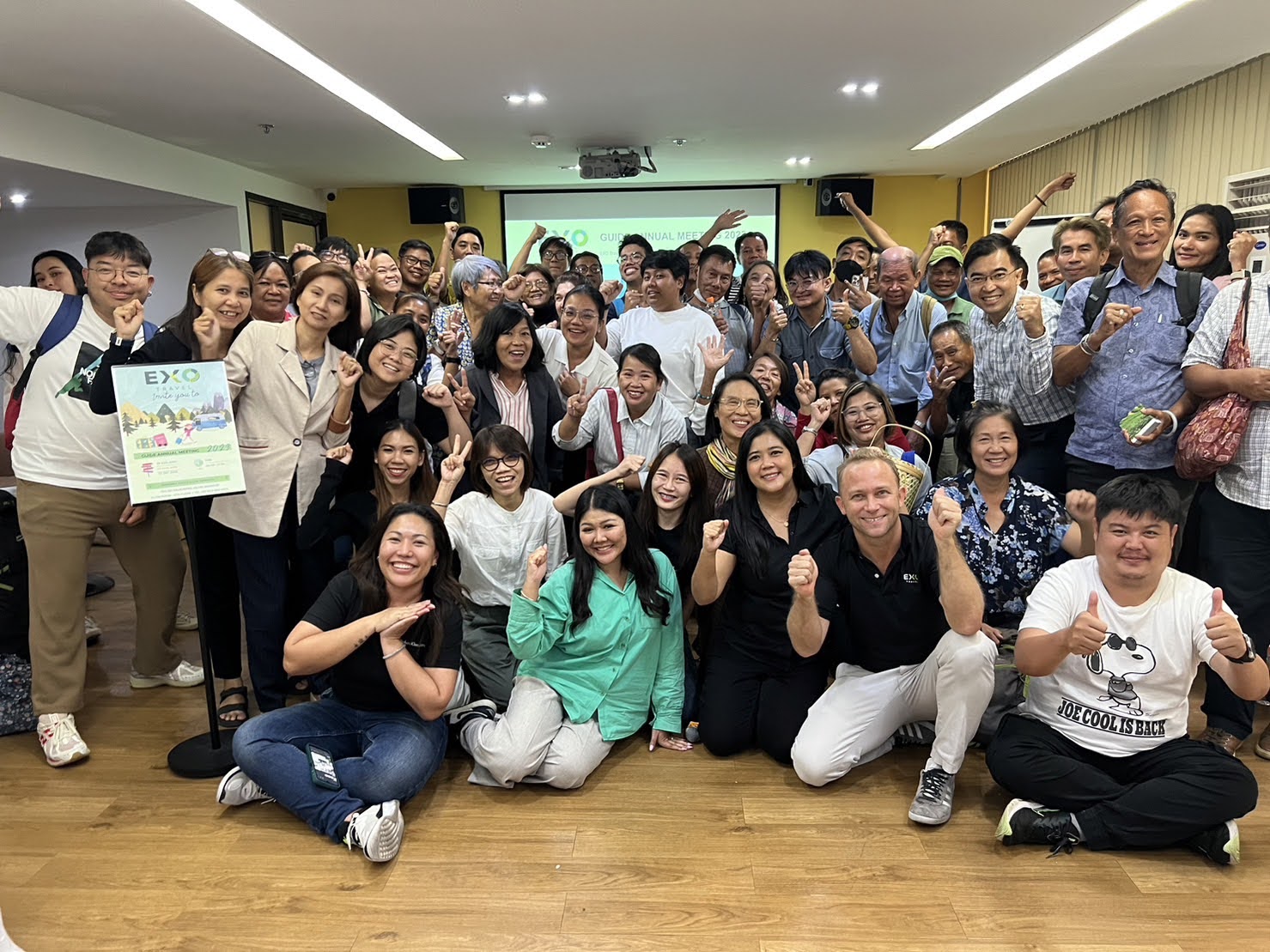 " alt="">
" alt="">